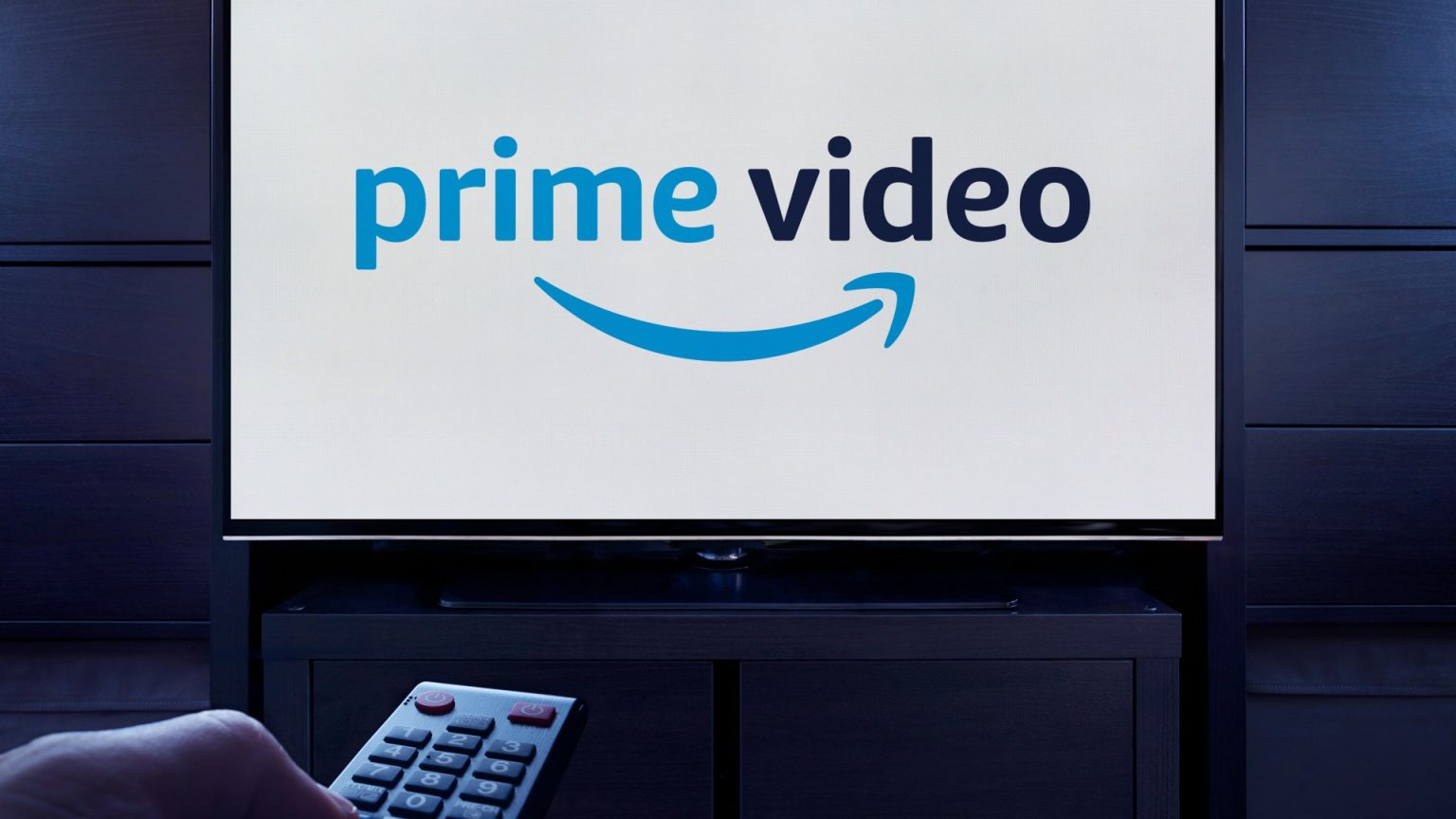The streaming landscape is undergoing a tumultuous shift, with the once-ad-free haven of streaming services increasingly incorporating advertising. Amazon Prime Video, following the precedent set by Netflix and Disney+, is poised to increase its ad load in 2025, a move met with widespread disapproval from its subscriber base. Initially, Prime Video introduced ads for all users, offering an ad-free experience for an additional fee. This initial foray into advertising, while unpopular, didn’t trigger a mass exodus of subscribers. Emboldened by this, Amazon is now planning to further saturate its platform with ads, a decision that has ignited a firestorm of criticism.
The prevailing sentiment among Prime Video subscribers is one of frustration and resentment. Many feel betrayed by the creeping commercialization of a service they initially embraced for its ad-free nature. Online forums are rife with complaints, with users citing the current ad load as already excessive and disruptive. The practice of ads resetting upon rewinding is a particular point of contention. This increasing ad presence, coupled with other perceived shortcomings in Amazon’s services, has led some subscribers to consider abandoning the platform altogether.
The escalating ad presence is not just an annoyance; it’s pushing some viewers towards alternative, and often illegal, means of content consumption. The resurgence of piracy is a direct consequence of the perceived value erosion in streaming services. Viewers, tired of paying for a service increasingly resembling traditional television with its intrusive advertising, are turning back to piracy as a means of obtaining ad-free content without additional cost. This ironic twist underscores the disconnect between streaming platforms’ pursuit of revenue and their subscribers’ desire for an uncluttered viewing experience.
The core argument against this increasing commercialization revolves around the fundamental shift in the streaming paradigm. Streaming services gained popularity as an alternative to traditional television, promising an ad-free, on-demand experience. The introduction and subsequent increase of ads erode this core differentiator, blurring the lines between streaming and traditional broadcast television. This move is perceived as a betrayal of the original promise of streaming and a regression to the very model it sought to replace. Subscribers are questioning the value proposition of paying for a service that is increasingly mirroring the ad-laden experience they sought to escape.
Amazon’s justification for the increased ad load is the need to finance its ambitious original content productions, such as the high-budget “The Lord of the Rings: The Rings of Power.” While the cost of producing such premium content is undeniable, the burden is being shifted to the consumer, who is now facing a choice between enduring more ads or paying a higher price for an ad-free experience. This approach raises concerns about the long-term sustainability of the streaming model, as it risks alienating subscribers and driving them towards ad-free, potentially illegal alternatives.
For those unwilling to tolerate the increased ad presence, Amazon offers an “ad-free” upgrade option through their website or app. This subscription model essentially creates a tiered system, where subscribers pay a premium for the ad-free experience that was once the standard. However, even this upgrade doesn’t completely eliminate promotional content, as trailers for other shows and movies are still shown. Though skippable, these trailers remain a point of contention for some subscribers who desire a completely uninterrupted viewing experience. The presence of these promotional materials, even within the paid ad-free tier, further blurs the lines between a truly ad-free experience and a less intrusive, but still present, form of advertising.




